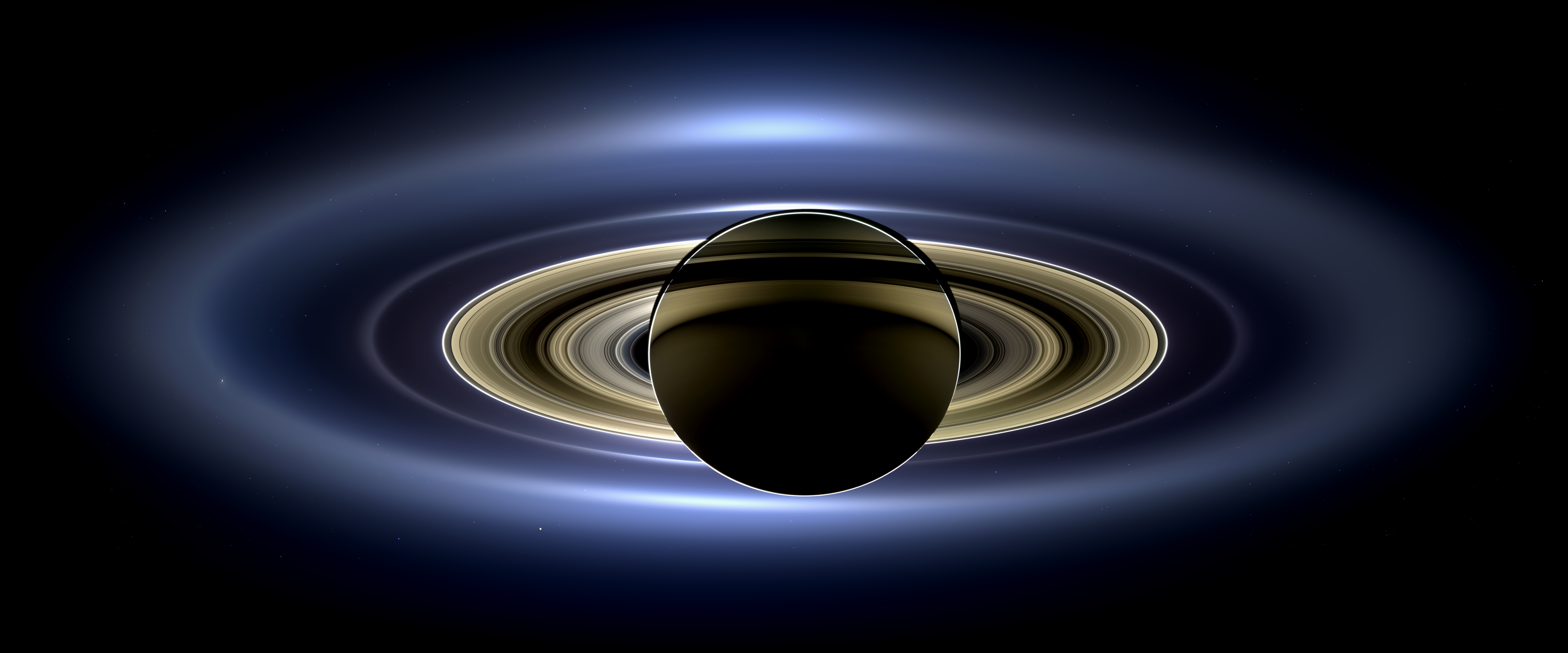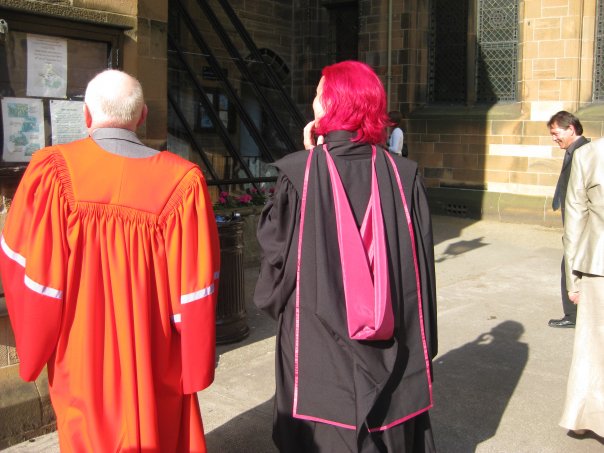|
Steven Ostro
Steven Jeffrey Ostro (March 9, 1946 – December 15, 2008) was an American scientist specializing in radar astronomy. He worked at NASA's Jet Propulsion Laboratory. Ostro led radar observations of numerous asteroids, as well as the moons of Jupiter and Saturn, Saturn's rings, and Mars and its satellites. As of May 2008, Ostro and his collaborators had detected 222 near-Earth asteroids, including 130 potentially hazardous objects and 24 binaries, and 118 main belt objects with radar. He died December 15, 2008, due to complications related to cancer. He has been remembered fondly by his colleagues for both his personal and professional contributions. Education and employment Ostro received an A.B. in liberal arts and a B.S. in ceramic science from Rutgers University in 1969, a Master's in engineering physics from Cornell University in 1974, and his Ph.D in planetary science from the Massachusetts Institute of Technology in 1978. At MIT, Ostro was advis ... [...More Info...] [...Related Items...] OR: [Wikipedia] [Google] [Baidu] |
Somerville, New Jersey
Somerville is a Borough (New Jersey), borough in and the county seat of Somerset County, New Jersey, Somerset County, in the U.S. state of New Jersey.New Jersey County Map New Jersey Department of State. Accessed December 22, 2022. The borough is located in the heart of the Raritan River, Raritan Valley region within the New York Metropolitan Area, located about from Manhattan and from Staten Island. The borough has grown to become a commercial hub for Central Jersey, central New Jersey and bedroom suburb, commuter town of New York City. As of the 2020 United States census, the borough's population was 12,346, an increase of 248 (+2.0%) from the 2010 United States census, 2010 census count of 12,098, which in turn reflected a decline of ... [...More Info...] [...Related Items...] OR: [Wikipedia] [Google] [Baidu] |
Bachelor Of Science
A Bachelor of Science (BS, BSc, B.S., B.Sc., SB, or ScB; from the Latin ') is a bachelor's degree that is awarded for programs that generally last three to five years. The first university to admit a student to the degree of Bachelor of Science was the University of London in 1860. In the United States, the Lawrence Scientific School first conferred the degree in 1851, followed by the University of Michigan in 1855. Nathaniel Shaler, who was Harvard's Dean of Sciences, wrote in a private letter that "the degree of Bachelor of Science came to be introduced into our system through the influence of Louis Agassiz, who had much to do in shaping the plans of this School." Whether Bachelor of Science or Bachelor of Arts degrees are awarded in particular subjects varies between universities. For example, an economics student may graduate as a Bachelor of Arts in one university but as a Bachelor of Science in another, and occasionally, both options are offered. Some universities follo ... [...More Info...] [...Related Items...] OR: [Wikipedia] [Google] [Baidu] |
Saturn
Saturn is the sixth planet from the Sun and the second largest in the Solar System, after Jupiter. It is a gas giant, with an average radius of about 9 times that of Earth. It has an eighth the average density of Earth, but is over 95 times more massive. Even though Saturn is almost as big as Jupiter, Saturn has less than a third its mass. Saturn orbits the Sun at a distance of , with an orbital period of 29.45 years. Saturn's interior is thought to be composed of a rocky core, surrounded by a deep layer of metallic hydrogen, an intermediate layer of liquid hydrogen and liquid helium, and an outer layer of gas. Saturn has a pale yellow hue, due to ammonia crystals in its upper atmosphere. An electrical current in the metallic hydrogen layer is thought to give rise to Saturn's planetary magnetic field, which is weaker than Earth's, but has a magnetic moment 580 times that of Earth because of Saturn's greater size. Saturn's magnetic field strength is about a twen ... [...More Info...] [...Related Items...] OR: [Wikipedia] [Google] [Baidu] |
Cassini–Huygens
''Cassini–Huygens'' ( ), commonly called ''Cassini'', was a space research, space-research mission by NASA, the European Space Agency (ESA), and the Italian Space Agency (ASI) to send a space probe to study the planet Saturn and its system, including its Rings of Saturn, rings and Moons of Saturn, natural satellites. The Large Strategic Science Missions, Flagship-class robotic spacecraft comprised both NASA's ''Cassini'' space probe and ESA's Huygens (spacecraft), ''Huygens'' lander (spacecraft), lander, which landed on Saturn's largest moon, Titan (moon), Titan. ''Cassini'' was the fourth space probe to visit Saturn and the first to enter its orbit, where it stayed from 2004 to 2017. The two craft took their names from the astronomers Giovanni Cassini and Christiaan Huygens. Launched aboard a Titan IV, Titan IVB/Centaur on October 15, 1997, ''Cassini'' was active in space for nearly 20 years, spending its final 13 years orbiting Saturn and studying the planet and its system a ... [...More Info...] [...Related Items...] OR: [Wikipedia] [Google] [Baidu] |
Assistant Professor
Assistant professor is an academic rank just below the rank of an associate professor used in universities or colleges, mainly in the United States, Canada, Japan, and South Korea. Overview This position is generally taken after earning a doctoral degree and sometimes after several years of holding one or more postdoctoral research A postdoctoral fellow, postdoctoral researcher, or simply postdoc, is a person professionally conducting research after the completion of their doctoral studies (typically a PhD). Postdocs most commonly, but not always, have a temporary acade ...er positions. It is below the position of associate professor at most universities and is equivalent to the rank of lecturer at most Commonwealth universities. In the United States, assistant professor is often the first position held in a tenure track, although it can also be a non-tenure track position. A typical professorship sequence is assistant professor, associate professor, and full professo ... [...More Info...] [...Related Items...] OR: [Wikipedia] [Google] [Baidu] |
Postdoctoral Research
A postdoctoral fellow, postdoctoral researcher, or simply postdoc, is a person professionally conducting research after the completion of their doctoral studies (typically a PhD). Postdocs most commonly, but not always, have a temporary academic appointment, sometimes in preparation for an academic faculty position. According to data from the US National Science Foundation, the number of holders of PhD in biological sciences who end up in tenure track has consistently dropped from over 50% in 1973 to less than 20% in 2006. They continue their studies or carry out research and further increase expertise in a specialist subject, including integrating a team and acquiring novel skills and research methods. Postdoctoral research is often considered essential while advancing the scholarly mission of the host institution; it is expected to produce relevant publications in peer-reviewed academic journals or conferences. In some countries, postdoctoral research may lead to further for ... [...More Info...] [...Related Items...] OR: [Wikipedia] [Google] [Baidu] |
Arecibo Observatory
The Arecibo Observatory, also known as the National Astronomy and Ionosphere Center (NAIC) and formerly known as the Arecibo Ionosphere Observatory, is an observatory in Barrio Esperanza, Arecibo, Puerto Rico owned by the US National Science Foundation (NSF). The observatory's main instrument was the Arecibo Telescope, a spherical reflector dish built into a natural sinkhole, with a cable-mount steerable receiver and several radar transmitters for emitting signals mounted above the dish. Completed in 1963, it was the world's largest single-aperture telescope for 53 years, surpassed in July 2016 by the Five-hundred-meter Aperture Spherical Telescope (FAST) in China. On August 10 and November 6, 2020, two of the receiver's support cables broke and the NSF announced that it would decommission the telescope. The telescope collapsed on December 1, 2020. In 2022, the NSF announced the telescope will not be rebuilt, with an educational facility to be established on the site. T ... [...More Info...] [...Related Items...] OR: [Wikipedia] [Google] [Baidu] |
Galilean Satellites
The Galilean moons (), or Galilean satellites, are the four largest moons of Jupiter. They are, in descending-size order, Ganymede, Callisto, Io, and Europa. They are the most readily visible Solar System objects after Saturn, the dimmest of the classical planets; though their closeness to bright Jupiter makes naked-eye observation very difficult, they are readily seen with common binoculars, even under night sky conditions of high light pollution. The invention of the telescope allowed astronomers to discover the moons in 1610. Through this, they became the first Solar System objects discovered since humans have started tracking the classical planets, and the first objects to be found to orbit any planet beyond Earth. They are planetary-mass moons and among the largest objects in the Solar System. All four, along with Titan, Triton, and Earth's Moon, are larger than any of the Solar System's dwarf planets. The largest, Ganymede, is the largest moon in the Solar System a ... [...More Info...] [...Related Items...] OR: [Wikipedia] [Google] [Baidu] |
Saturn's Rings
Saturn has the most extensive and complex ring system of any planet in the Solar System. The rings consist of particles in orbit around the planet made almost entirely of water ice, with a trace component of rocky material. Particles range from micrometers to meters in size. There is no consensus as to what mechanism facilitated their formation: while investigations using theoretical models suggested they formed early in the Solar System's existence, newer data from '' Cassini'' suggests a more recent date of formation. In September 2023, astronomers reported studies suggesting that the rings of Saturn may have resulted from the collision of two moons "a few hundred million years ago". Though light reflected from the rings increases Saturn's apparent brightness, they are not themselves visible from Earth with the naked eye. In 1610, the year after Galileo Galilei's first observations with a telescope, he became the first person to observe Saturn's rings, though he could not se ... [...More Info...] [...Related Items...] OR: [Wikipedia] [Google] [Baidu] |
Irwin I
Irwin may refer to: Places ;United States * Irwin, California * Irwin, Idaho * Irwin, Illinois * Irwin, Iowa * Irwin, Nebraska * Irwin, Ohio * Irwin, Pennsylvania * Irwin, South Carolina * Irwin County, Georgia * Irwin Township, Venango County, Pennsylvania * Fort Irwin, California ;Australia * Shire of Irwin, Western Australia People * Irwin (given name) * Irwin (surname) Fruit * Irwin (mango), a mango variety from Florida Other uses * IRWIN, a painting collective that is a member of Neue Slowenische Kunst * Irwin 41, an American sailboat design * Irwin Toy, a Canadian toy manufacturer and distributor * Irwin Industrial Tools, a subsidiary of Stanley Black & Decker * Irwin Magnetic Systems, a computer storage manufacturer See also * Earvin * Ervin (other) * Ervine * Erving (other) * Erwan * Erwin (other) * Irvin * Irvine (other) * Irving (other) Irving may refer to: People *Irving (name), including a list of people ... [...More Info...] [...Related Items...] OR: [Wikipedia] [Google] [Baidu] |
Planetary Science
Planetary science (or more rarely, planetology) is the scientific study of planets (including Earth), celestial bodies (such as moons, asteroids, comets) and planetary systems (in particular those of the Solar System) and the processes of their formation. It studies objects ranging in size from micrometeoroids to gas giants, with the aim of determining their composition, dynamics, formation, interrelations and history. It is a strongly interdisciplinary field, which originally grew from astronomy and Earth science, and now incorporates many disciplines, including planetary geology, cosmochemistry, atmospheric science, physics, oceanography, hydrology, theoretical planetary science, glaciology, and exoplanetology. Allied disciplines include space physics, when concerned with the effects of the Sun on the bodies of the Solar System, and astrobiology. There are interrelated observational and theoretical branches of planetary science. Observational research ca ... [...More Info...] [...Related Items...] OR: [Wikipedia] [Google] [Baidu] |
Doctorate
A doctorate (from Latin ''doctor'', meaning "teacher") or doctoral degree is a postgraduate academic degree awarded by universities and some other educational institutions, derived from the ancient formalism '' licentia docendi'' ("licence to teach"). In most countries, a research degree qualifies the holder to teach at university level in the degree's field or work in a specific profession. There are a number of doctoral degrees; the most common is the Doctor of Philosophy (PhD), awarded in many different fields, ranging from the humanities to scientific disciplines. Many universities also award honorary doctorates to individuals deemed worthy of special recognition, either for scholarly work or other contributions to the university or society. History Middle Ages The term ''doctor'' derives from Latin, meaning "teacher" or "instructor". The doctorate (Latin: ''doctoratus'') appeared in medieval Europe as a license to teach Latin (''licentia docendi'') at a university. Its ... [...More Info...] [...Related Items...] OR: [Wikipedia] [Google] [Baidu] |







